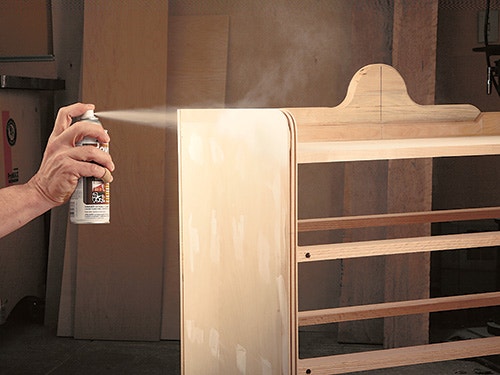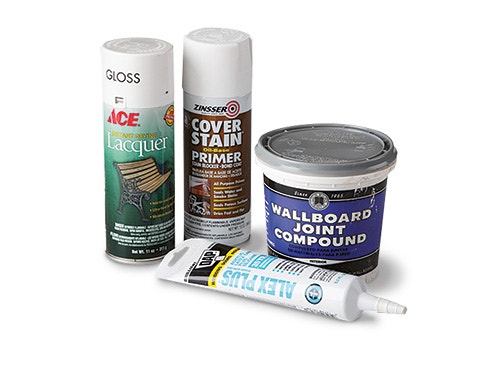Creating a Super-Smooth Painted Surface?
Our finishing expert and publisher agree that meticulous prep work is key to achieving “glassy smooth” with paint.
I'm painting a maple tabletop with oil-based enamel. How do I make it look super smooth? Originally, I attempted to paint it with a spray can, but I could not get a smooth surface. I then tried sanding it down smooth with increasing grits of wet/dry sandpaper and brushing on the same type of paint. While the brush marks are less noticeable than the result from spraying, it is still not as smooth as I would like it to be.
Tim Inman: "Glass-smooth" painted finishes are not accidental! They are the result of very carefully planned steps executed patiently and in order. To get that smooth surface you're seeking, the wood surface must be made as smooth as the finish you desire. This is typically done, in the case of a painted surface, by first sealing the wood with something convenient like shellac, then packing the wood pores with a high-solids filler. You can learn how the old masters did this on painted surfaces by studying carriage finishes. They are glass-smooth painted surfaces.
Often, carriage finishers used plaster of paris for their pore filler. Furniture finishers have some more elegant materials to pick from, but the principle is the same. First, you must seal and "load" the wood pores with something solid. Once that is accomplished and sanded glass-smooth, you can again seal the surface and proceed. A paint primer that sands easily is a great sealer to use. You'll find that actually, the final paint coats are the easiest and least critical parts of this whole job.
Trying to paint something smooth is commonly attempted but never successfully. Think about it this way: If you had a piece of corrugated sheet metal and tried to paint it to a smooth, flat surface, would you ever get it done? No. Why? Each successive coat of paint simply copies the undulating corrugations and builds them a little higher. After the nth coat of paint, you would still have a corrugated surface mirroring the original tin but with inches of thick paint on top of it to boot! Smooth, flat surfaces can be had by "coating and cutting," where you build several coats, then sand off the high spots.

Rob Johnstone: I'll add a few details from my own experience of creating a super-smooth painted surface. First, I fill all nail holes and gaps with wallboard compound and sand it very smooth. Spackle will work, but I find the compound to be tougher. I then spray on a coat of primer and caulk any gaps the compound won't fill. Following that, I spray on two more coats of primer and address any remaining deviations in the finish with more compound, caulk and meticulous sanding. Once the surface is as perfect as I can get it with this prep work, I spray on my enamel or lacquer paint in light coats, sanding between each coat.
Keep the inspiration coming!
Subscribe to our newsletter for more woodworking tips and tricks



